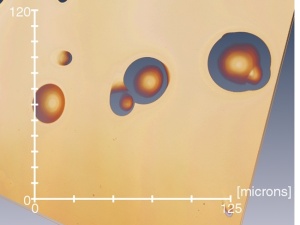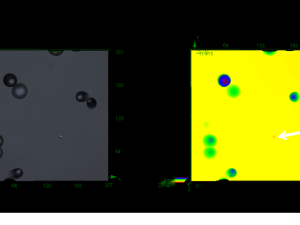Emerging methods in biomarker identification for extracellular vesicle-based liquid biopsy
Abstract
Extracellular vesicles (EVs) are released by many cell types and distributed within various biofluids. EVs have a lipid membrane-confined structure that allows for carrying unique molecular information originating from their parent cells. The species and quantity of EV cargo molecules, including nucleic acids, proteins, lipids, and metabolites, may vary largely owing to their parent cell types and the pathophysiologic status. Such heterogeneity in EV populations provides immense challenges to researchers yet allows for the possibility to prognosticate the pathogenesis of a particular tissue from unique molecular signatures of dispersing EVs within biofluids. However, the inherent nature of EV's small size requires advanced methods for EV purification and evaluation from the complex biofluid. Recently, the interdisciplinary significance of EV research has attracted growing interests, and the EV analytical platforms for their diagnostic prospect have markedly progressed. This review summarizes the recent advances in these EV detection techniques and methods with the intention of translating an EV-based liquid biopsy into clinical practice. This article aims to present an overview of current EV assessment techniques, with a focus on their progress and limitations, as well as an outlook on the clinical translation of an EV-based liquid biopsy that may augment current paradigms for the diagnosis, prognosis, and monitoring the response to therapy in a variety of disease settings.
Full text:
Source: Image: dra_schwartz / iStockphoto_172204419



